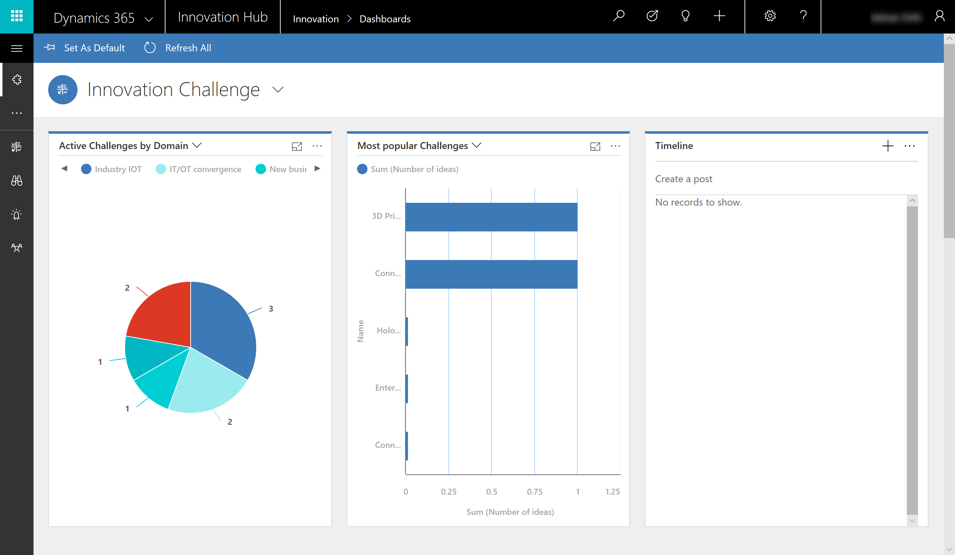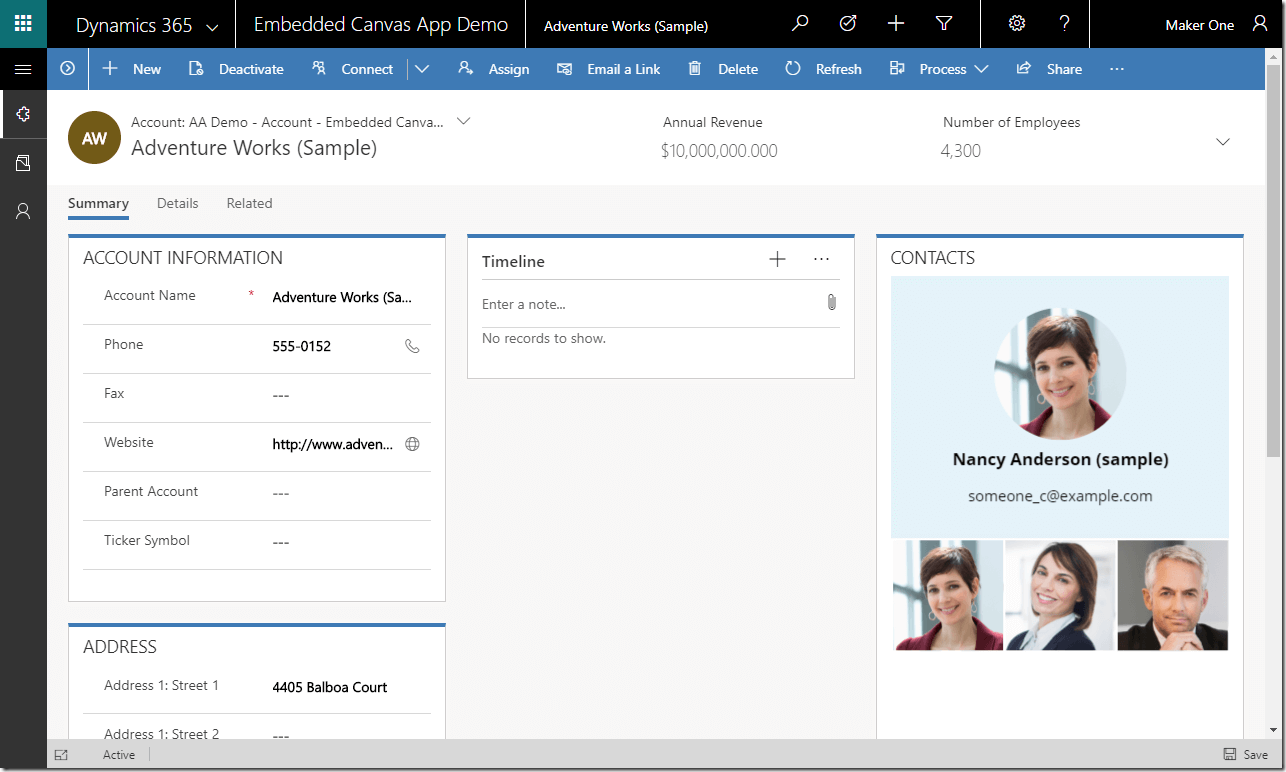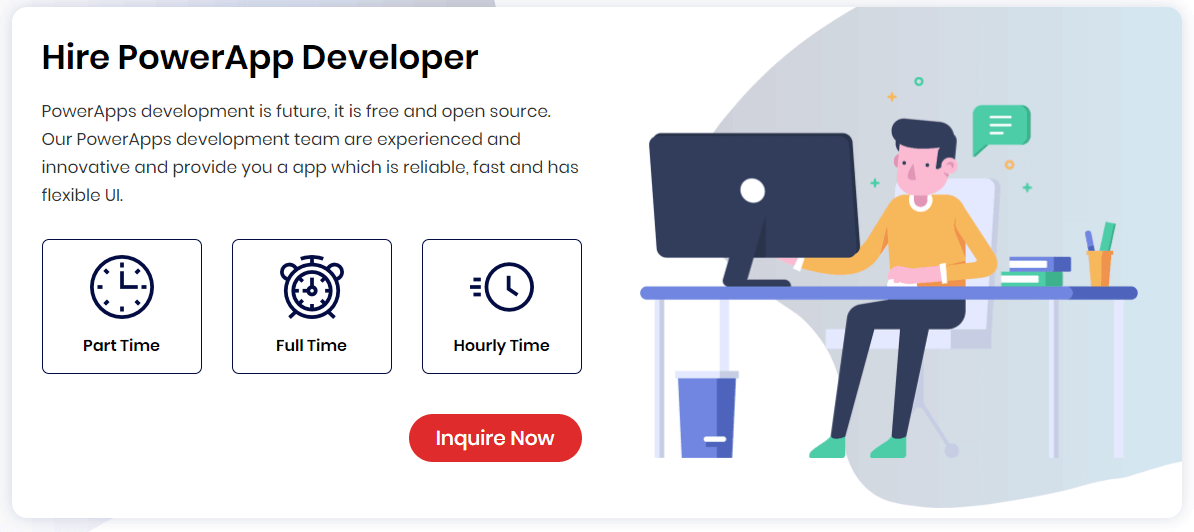Have you heard about PowerApps? I am sure many of you might surely have but for the ones unaware about the PowerApps,
Out in the market back in 2015, PowerApps is an activity by Microsoft that enables designers and non-techie clients to construct versatile applications from selectable layouts. The non-techie users can make, oversee and share business applications on iOS, Android and Windows gadgets, using the Microsoft Azure. So just in case you are not a pro developer, PowerApps can help you out. I would still suggest you hire PowerApps developer so that your work is done without a delay.
It is associated with different Microsoft-based and outsider applications, including SharePoint, OneDrive & Microsoft SQL Server, likely as SAP, Dropbox, Google Docs, Dynamics CRM, etc. The PowerApps are hosted on Microsoft Azure.
What are the different types of PowerApps?
So to answer this, there are basically two types of PowerApps namely PowerApps Model-driven apps & PowerApps Canvas apps. Both have their different functioning and can be opted according to the requirement of the user. We will discuss here in details about both the PowerApps.
Model-Driven apps using PowerApps

Image Source: docs.microsoft.com
Model-driven apps using PowerApps are moderately new to the Power World.
- Its configuration doesn’t require code and the applications you make can be straightforward or complex.
- With model-driven applications, a great part of the format is resolved for you and to a great extent assigned by the segments you add to the application.
- If you are familiar with Dynamics 365 and have been using it for a while, your 80% work is done. Model-driven apps are much like Dynamics 365.
- Common Data Service (CDS) has integrated Dynamics 365 platforms. This basically implies Dynamics 365 and CDS are equivalent. The entities & data structure get build simultaneously. An additional license is required to use the CDS.
Where are these Model-driven apps using PowerApps useful?
- Making your information source without any preparation. i.e. Generating ideas from the very beginning.
- To make tables, entities, fields & connections between them.
- Gathering use case or business related information together into one application. For instance, a customer registration application, where a client administration delegate has a model-driven application that bunches the usefulness the customer needs together in one application.
- A common process that guides the user with a proper business flow.
- No difference in the view of the application, i.e. Unified Client Interface. This implies your application will look similar whether it is being seen on a tablet, mobile or on a desktop at your workspace.
Canvas Apps

Image source: powerapps.microsoft.com
Canvas empowers you to effortlessly incorporate an outsider application into Salesforce. It is bundled with JavaScript API’s & tools APIs that you can use to uncover an application into canvas apps. This implies you can either develop a new or use the existing apps and make them accessible to your clients as a feature of their Salesforce.
The outsider or third-party application that you need to uncover as a canvas application can be coded in any language. The main necessity is that the application has a protected URL.
Rather than reintegrating or upgrading your other apps, you would now be able to utilize these tools to coordinate your innovation inside Canvas. The tools are:
- Resizing – Allows you to resize the canvas apps.
- Events – Helps in multiple canvas apps communicating on one single page. Also helps in the sending and receiving of events between multiple canvas apps.
- Authentication – This can be implied when your canvas apps require a signing-in request.
- Canvas Apps Publisher – Allows the publisher to perform customization.
- Canvas in Salesforce Apps – Get your canvas apps featured on Salesforce apps.
I hope that you might now have a clear vision about the PowerApps. In case you have a query or are looking to hire PowerApps developer, feel free to ask in the comment section!
Now, the buzz that is taking over the internet is embedding canvas apps in model-driven forms.
What is an embedded canvas app?
The basic motive of embedded canvas apps is it allows the embedded canvas apps makers to develop WYSIWYG canvas apps utilizing the low-code format.
With more than 200+ sources available on the forms, it allows the embedded canvas app developer to establish connection & display their data.
Some drawbacks of embedded canvas app
- Only supports the web type.
- Does not display new data even after the record is saved.
- Unless and until the refresh the form, it will only show the older records.
- Some security issues while you share your embedded or only the canvas apps are yet to taken care of.
Embedded canvas app in model-driven forms
United we stand! This is true in the case of embedding canvas apps in model-driven forms. Embedded canvas apps makers can empower the Model Driven forms with the intensity of canvas applications. WYSIWYG canvas app designer can create wonders for you.
Utilizing embedded canvas applications, you can without much of a stretch make rich visuals on a structure and show data directly from the numerous options available.
An embedded canvas application incorporates rich information mix abilities that acquire logical information from the host model-driven structure to the installed canvas application. What a great combo!
Steps to embedded canvas app in model-driven forms
1. In the editor, open the previously made Canvas App.
2. Click on the App settings then change the name of your canvas apps in Edit app name.
3. Copy the App ID and save it for future reference.
4. In Dynamics 365, open the Account form. Then in the Field Properties, go to Controls & click on the Add Control Tab.
5. When the list appears, select the canvas app you wish to embed & then press the Add tab.
6. Paste the App Id that we previously saved using the Edit option. Once done press OK.
7. Now press the Customize button. This will redirect you the editor.
8. The ModelDrivenFormIntegration.Data is responsible for all the records & data from your Canvas App.
2. Click on the App settings then change the name of your canvas apps in Edit app name.
3. Copy the App ID and save it for future reference.
4. In Dynamics 365, open the Account form. Then in the Field Properties, go to Controls & click on the Add Control Tab.
5. When the list appears, select the canvas app you wish to embed & then press the Add tab.
6. Paste the App Id that we previously saved using the Edit option. Once done press OK.
7. Now press the Customize button. This will redirect you the editor.
8. The ModelDrivenFormIntegration.Data is responsible for all the records & data from your Canvas App.
And you are done! Mission Accomplished. As simple as it looks!
Concluding,

If you are looking for hire embedded canvas app developer. we will provide you with the best makers. Also, we have always appreciated feedbacks & inquires. You have always got us on the back.
Originally Published By Concetto Labs > Enhance Model-driven embedded canvas app: Here is all that you need to know!
Comments
Post a Comment